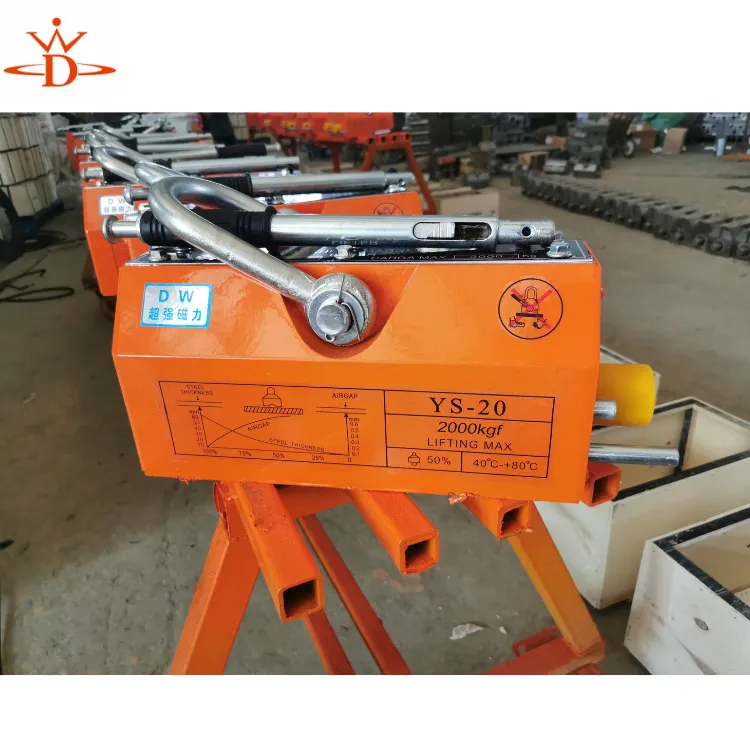Heavy-Duty Rollers for Efficiently Transporting Industrial Equipment
Heavy-Duty Rollers for Moving Equipment A Comprehensive Guide
In the realm of industrial operations, the efficient movement of heavy equipment is paramount. Whether it's in warehouses, construction sites, or manufacturing facilities, heavy-duty rollers are indispensable tools that facilitate the smooth transportation of bulky machinery. This article delves into the world of heavy-duty rollers, exploring their types, benefits, applications, and essential maintenance tips.
What are Heavy-Duty Rollers?
Heavy-duty rollers are specialized devices designed to support and move heavy loads with minimal effort. Typically constructed from robust materials such as steel or reinforced plastic, these rollers can bear significant weight while ensuring minimal friction. Their design often includes features like bearing systems and large diameters, which contribute to their durability and performance.
Types of Heavy-Duty Rollers
1. Roller Skids These are platforms fitted with heavy-duty rollers, often used for moving large industrial machines. Roller skids can distribute weight evenly and provide a stable base, making them ideal for relocating equipment that requires precise positioning.
2. Pallet Rollers Similar in function to traditional pallet jacks, pallet rollers incorporate heavy-duty wheels that facilitate the movement of pallets loaded with goods. These rollers enable workers to transport heavy loads with ease, reducing manual lifting risks.
3. Machinery Rollers Designed specifically for heavy machinery, these rollers often have higher weight capacities and advanced features that allow for easy maneuvering across different surfaces. They are commonly used in environments where heavy lifting and shifting are routine.
4. E-Rollers Emerging as a popular option in recent years, electric rollers combine traditional roller functionality with electric propulsion. This innovation offers an ergonomic solution for moving loads, particularly over longer distances or uneven terrain.
Benefits of Using Heavy-Duty Rollers
1. Enhanced Safety Heavy-duty rollers significantly reduce the risk of injuries associated with manual lifting and transporting heavy equipment. By allowing operators to move heavy loads with less physical strain, they enhance workplace safety.
2. Increased Efficiency The ability to swiftly and easily relocate heavy equipment translates to improved workflow and productivity. Heavy-duty rollers enable quick transitions from one area to another, minimizing downtime in operations.
3. Versatility These rollers come in various designs and capacities, making them suitable for diverse applications. Whether it’s moving construction machinery or transporting inventory, heavy-duty rollers can adapt to different tasks.
4. Cost-Effectiveness Investing in heavy-duty rollers can lead to long-term savings. By reducing the likelihood of equipment damage during transport and lowering workplace injuries, businesses can save on potential liability costs and insurance premiums.
heavy duty rollers for moving equipment

Applications of Heavy-Duty Rollers
Heavy-duty rollers find their applications across multiple industries
- Manufacturing In manufacturing plants, heavy-duty rollers are used to move machinery and materials between production lines, enhancing workflow and minimizing downtime.
- Construction Construction sites frequently require the transportation of hefty equipment. Rollers enable construction crews to relocate items like generators and scaffolding with ease and efficiency.
- Warehousing In warehouses, heavy-duty rollers assist in moving pallets and stock, thereby optimizing space and improving inventory management.
Maintenance Tips for Heavy-Duty Rollers
To ensure the longevity and performance of heavy-duty rollers, proper maintenance is crucial
1. Regular Inspections Periodically check for any signs of wear or damage. This includes inspecting the rollers for cracks, the frame for stability, and ensuring that all moving parts are functioning correctly.
2. Lubrication Keep the roller bearings well-lubricated to minimize friction and prevent overheating. Refer to the manufacturer’s recommendations for specific lubrication schedules.
3. Cleaning Regularly clean the roller surfaces to remove debris and dirt that could interfere with performance. A clean roller will provide better traction and move more smoothly.
4. Weight Limits Adhere to the specified weight limits for each roller type. Overloading can lead to premature wear or severe damage.
Conclusion
Heavy-duty rollers are vital tools in industrial settings, offering safety, efficiency, and versatility in moving heavy equipment. Understanding the different types available, their benefits, and how to maintain them can significantly enhance operational effectiveness. As industries continue to evolve, the role of heavy-duty rollers in facilitating the movement of equipment will remain crucial, ensuring that heavy lifting is both safe and efficient.
-
Unlock Seamless Relocation with Our Heavy Equipment Moving ExpertiseNewsJun.06,2025
-
Unleash Unrivaled Flexibility with Our Adjustable Gantry CraneNewsJun.06,2025
-
Unleash Heavy-Duty Efficiency with Our Industrial Gantry Crane SolutionsNewsJun.06,2025
-
Revolutionize Steel Handling with Our Magnetic Lifter RangeNewsJun.06,2025
-
Master Equipment Mobility with Premium Machinery Mover SolutionsNewsJun.06,2025
-
Elevate Your Material Handling with Magnetic Lifter TechnologyNewsJun.06,2025
-
YS Permanent Lifting Magnets: The Smarter Way to Handle SteelNewsMay.22,2025
